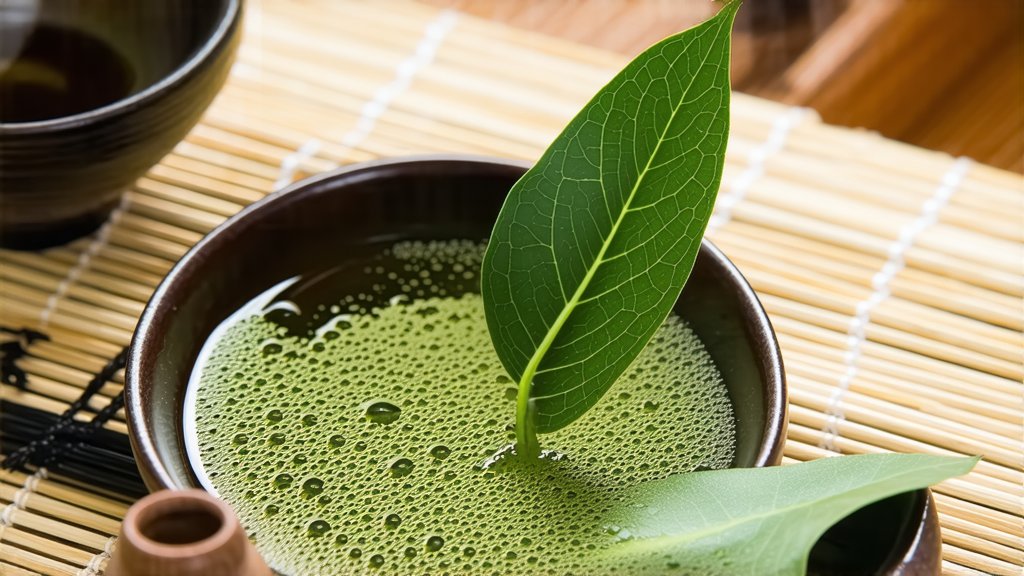
The world of Chinese tea is vast and varied, offering an array of flavors, aromas, and experiences that span centuries of tradition and innovation. Among these, Tieguanyin Oolong stands out as a quintessential representation of China's rich tea heritage. This article delves into the history, varieties, production process, and appreciation techniques of Tieguanyin Oolong, inviting international readers to explore the depths of this exquisite tea variety.
History of Tieguanyin Oolong
Tieguanyinu Oolong, often referred to simply as Tieguanyin, hails from Anxi County in Fujian Province, China. Its name translates to "Iron Goddess of Mercy," reflecting both its origin and the reverence with which it is held by tea connoisseurs. The legend of Tieguanyin dates back to the early Qing Dynasty (1644-1912), with tales of its discovery attributed to a combination of divine intervention and human ingenuity.
According to local lore, a poor scholar named Wei Yin discovered a wild tea plant on a mountainside, which he cultivated and found to have remarkable health benefits. He named it "Iron Buddha" in gratitude for the blessings received. Over time, the tea became associated with Guanyin, the Buddhist goddess of mercy, further enhancing its mystique and appeal.
Varieties of Tieguanyin
Tieguanyinu encompasses several sub-varieties, each with unique characteristics shaped by factors such as altitude, soil composition, and cultivation methods. The most renowned among them are:
-
Xiangxing (Fragrant Type): Known for its floral and fruity aromas, Xiangxing Tieguanyin is often compared to orchids or honeysuckle. It's prized for its light, refreshing taste and high tonal fragrance.
-
Danxiong (Rich Type): As the name suggests, Danxiong offers a more robust flavor profile with deeper, earthier undertones. It's favored by those who enjoy a fuller-bodied tea experience without sacrificing the complexity of aromatic notes.
-
Yanxiang (Flavor Type): Yanxiang strikes a balance between the fragrant and rich types, offering a harmonious blend of floral scents and substantial flavors. It's appreciated for its versatility and ability to cater to diverse palates.
The Art of Making Tieguanyin
The production of Tieguanyin is an intricate process that combines traditional techniques with meticulous attention to detail. Here's an overview of the key steps involved:
-
Plucking: Only the youngest leaves and buds are selected for Tieguanyin, typically during the spring season when they are at their freshest and most tender.
-
Withering: Freshly picked leaves are spread out under the sun or in shade to reduce moisture content gradually. This step helps soften the leaves and prepare them for rolling.
-
Rolling: Leaves undergo multiple rounds of rolling, either by hand or using specialized machines, to form twisted shapes that enhance the extraction of tea compounds during brewing.
-
Fixation: Also known as killing green, this stage involves brief heating to halt enzymatic activity that would otherwise lead to oxidation. For Tieguanyin, fixation is usually done in a wok over high heat.
-
Shaking: After fixation, leaves are tossed vigorously to cool them down quickly and evenly distribute heat.
-
Oxidation: Unlike black or green teas, oolong teas like Tieguanyin undergo partial oxidation, where enzymes interact with oxygen for a limited time before being stopped again through another round of fixation.
-
Roasting: Depending on the desired flavor profile, roasting can range from light to heavy. Roasting adds depth to the tea's flavor and aroma, removing any remaining moisture.
-
Sorting and Packaging: Finally, the finished tea is sorted by size and quality before being packaged carefully to preserve its freshness until it reaches consumers around the world.
Appreciating Tieguanyin: A Guide to Tasting
To truly appreciate Tieguanyin, one must engage all senses in the ritual of tea tasting. Here's how you can elevate your own experience:
-
Preparation: Use a clean, transparent glass or porcelain gaiwan (a lidded bowl) to observe the unfurling leaves as they steep. Boil fresh water and let it cool slightly to around 80-90°C (175-195°F) before pouring over the tea.
-
Infusion: Start with a short infusion time of around 15 seconds, gradually increasing it for subsequent brews. Tieguanyin can be re-steeped multiple times, each revealing new layers of flavor and aroma.
-
Observation: Notice the color of the liquor, which should range from pale gold to amber depending on the variety. Admire the shape and movement of the leaves as they dance in the water.
-
Aroma: Before taking a sip, inhale deeply to capture the tea's bouquet. Try to identify different scents—floral, fruity, roasted, or woody—that evolve with each infusion.
-
Tasting: Take small sips, allowing the tea to coat your palate fully before swallowing. Pay attention to the initial taste, mid-palate sensations, and aftertaste. Look for a balance between sweetness, bitterness, and umami flavors.
-
Reflection: Take note of your personal preferences regarding strength, temperature, and duration of infusion. Each session with Tieguanyin offers an opportunity for self-discovery and refinement of one's palate.
In conclusion, Tieguanyin Oolong represents not just a type of tea but a gateway into understanding Chinese culture's profound relationship with nature and spirituality. Its history is steeped in mythology, its varieties offer endless exploration possibilities, and its preparation and consumption are acts of mindfulness and appreciation. For anyone seeking to deepen their knowledge of tea or simply enjoy a moment of tranquility, Tieguanyin provides a perfect vessel through which to embark on this journey.